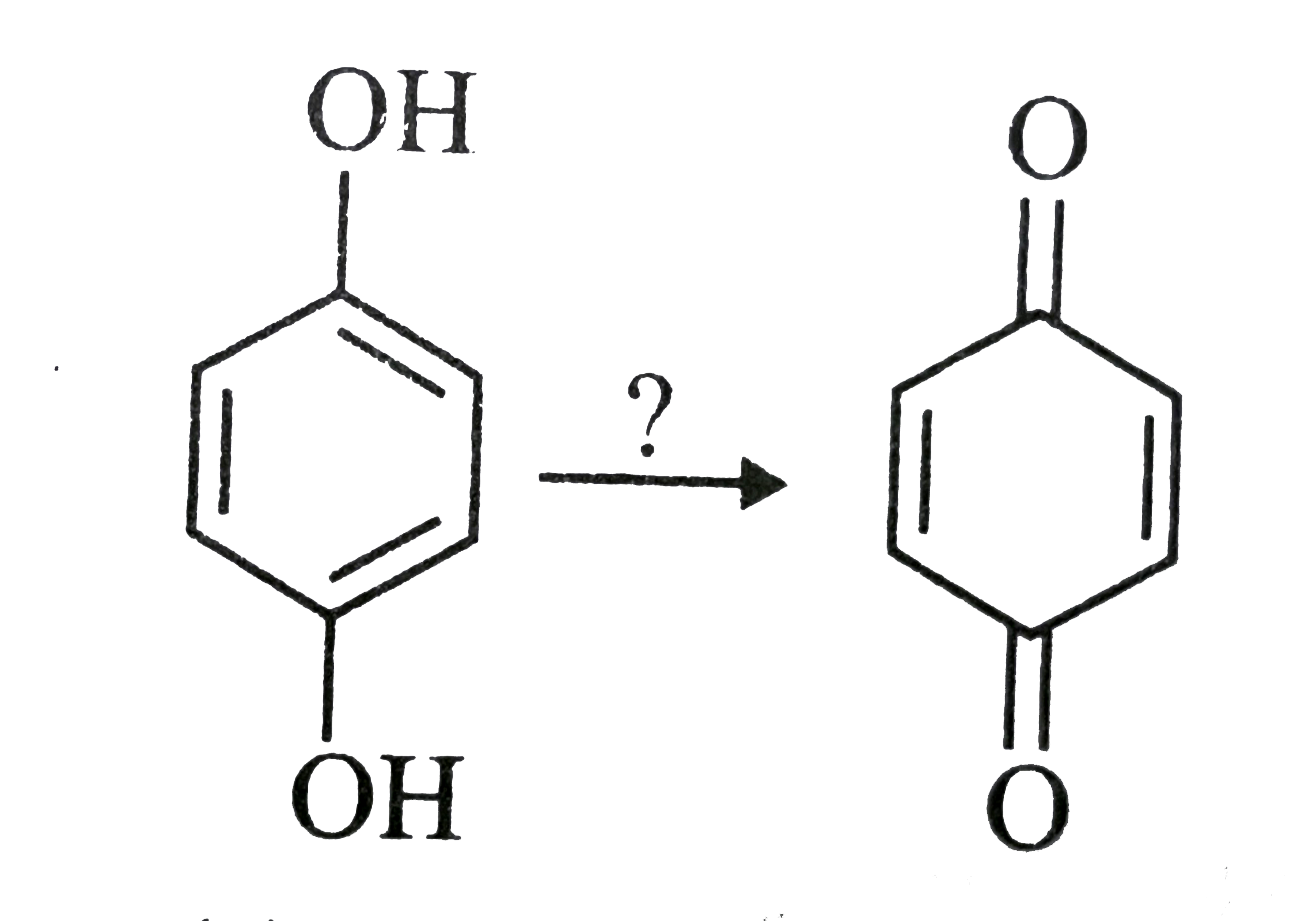Identify the type of joint/s that is/are being used in the action for carrying out the following activities.
Grasping a tennis racquet
To identify the type of joints used while grasping a tennis racquet, we can follow these steps:
1. Identify the Action: The activity in question is grasping a tennis racquet, which primarily involves the hand.
2. Determine the Joints in the Hand: The hand consists of multiple joints that facilitate movement. The main joints involved in gripping are the wrist joint and the finger joints.
3. Identify the Wrist Joint: The wrist joint is classified as a gliding joint. This type of joint allows for sliding movements between the flat surfaces of the bones in the wrist, enabling the wrist to move in various directions.
4. Identify the Finger Joints: The joints in the fingers are primarily hinge joints. Hinge joints allow movement in one direction, similar to how a door opens and closes. This characteristic is crucial for gripping objects like a tennis racquet.
5. Conclusion: Therefore, the types of joints used when grasping a tennis racquet are:
- Gliding Joint (in the wrist)
- Hinge Joints (in the fingers)
Summary:
- Gliding Joint: Found in the wrist, allows for sliding movements.
- Hinge Joint: Found in the fingers, allows for one-directional movement.
---
- Gliding Joint (in the wrist)
- Hinge Joints (in the fingers)
- Gliding Joint: Found in the wrist, allows for sliding movements.
- Hinge Joint: Found in the fingers, allows for one-directional movement.
Topper's Solved these Questions
- BODY MOVEMENTSBOOK - MTG IIT JEE FOUNDATIONCHAPTER - BODY MOVEMENTSEXERCISE - NCERT SECTION
13 Videos
- BODY MOVEMENTSBOOK - MTG IIT JEE FOUNDATIONCHAPTER - BODY MOVEMENTSEXERCISE - EXERCISE - MULTIPLE CHOICE QUESTIONS
50 Videos
- BODY MOVEMENTSBOOK - MTG IIT JEE FOUNDATIONCHAPTER - BODY MOVEMENTSEXERCISE - OLYMPIAD/HOTS CORNER
10 Videos
- AIR AROUND US BOOK - MTG IIT JEE FOUNDATIONCHAPTER - AIR AROUND US EXERCISE - OLYMPIAD/HOTS CORNER
10 Videos
- COMPONENTS OF FOOD BOOK - MTG IIT JEE FOUNDATIONCHAPTER - COMPONENTS OF FOOD EXERCISE - OLYMPAID/HOTS CORNER
9 Videos
Similar Questions
Knowledge Check
Which reagents could be used to carry out the following reaction ?
 ANBS/CCI4Bi.Br2/hv , ii.
ANBS/CCI4Bi.Br2/hv , ii.
iii. NBS+CCI4+hvC , ii.NBS+CCI4+hvDi.NBS+CCI4+hv , ii.Br2/hv
, ii.NBS+CCI4+hvDi.NBS+CCI4+hv , ii.Br2/hvIdentify the reagent (s) needed to carry out the following reaction.
 ANaOHBLiAIH4CNa2Cr2O7,H2SO4/H2ODNa
ANaOHBLiAIH4CNa2Cr2O7,H2SO4/H2ODNaIn the reflection phase, which of the following activities is the teacher to carry out?
ATechniques to be used for gathering dataBInterprent the assessment informationCConsider whether the previous phases have yielded the desired resultsDReport on the progress to the students
Identify the type of joint/s that is/are being used in the action for carrying out the following activities.
Kicking a football
View SolutionIdentify the type of pollination that is carried out in Vallisneria?
View SolutionIdentify the logic operation carried out by the following circuit

View SolutionWhich reducing agent, would you use to carry out the following transformation.

View SolutionReagent used to carry out following conversion from alkyne to alkene is

View Solution
